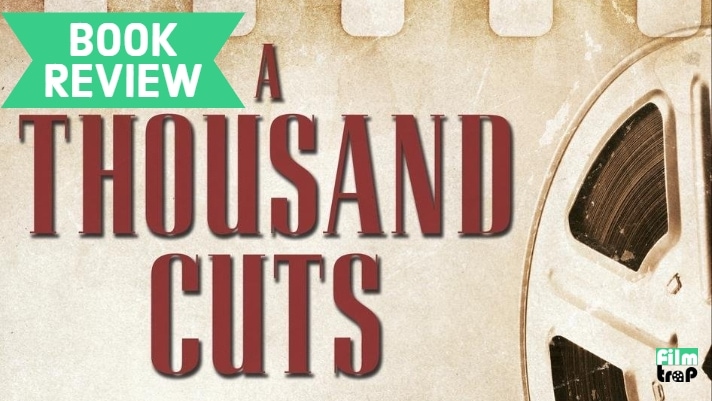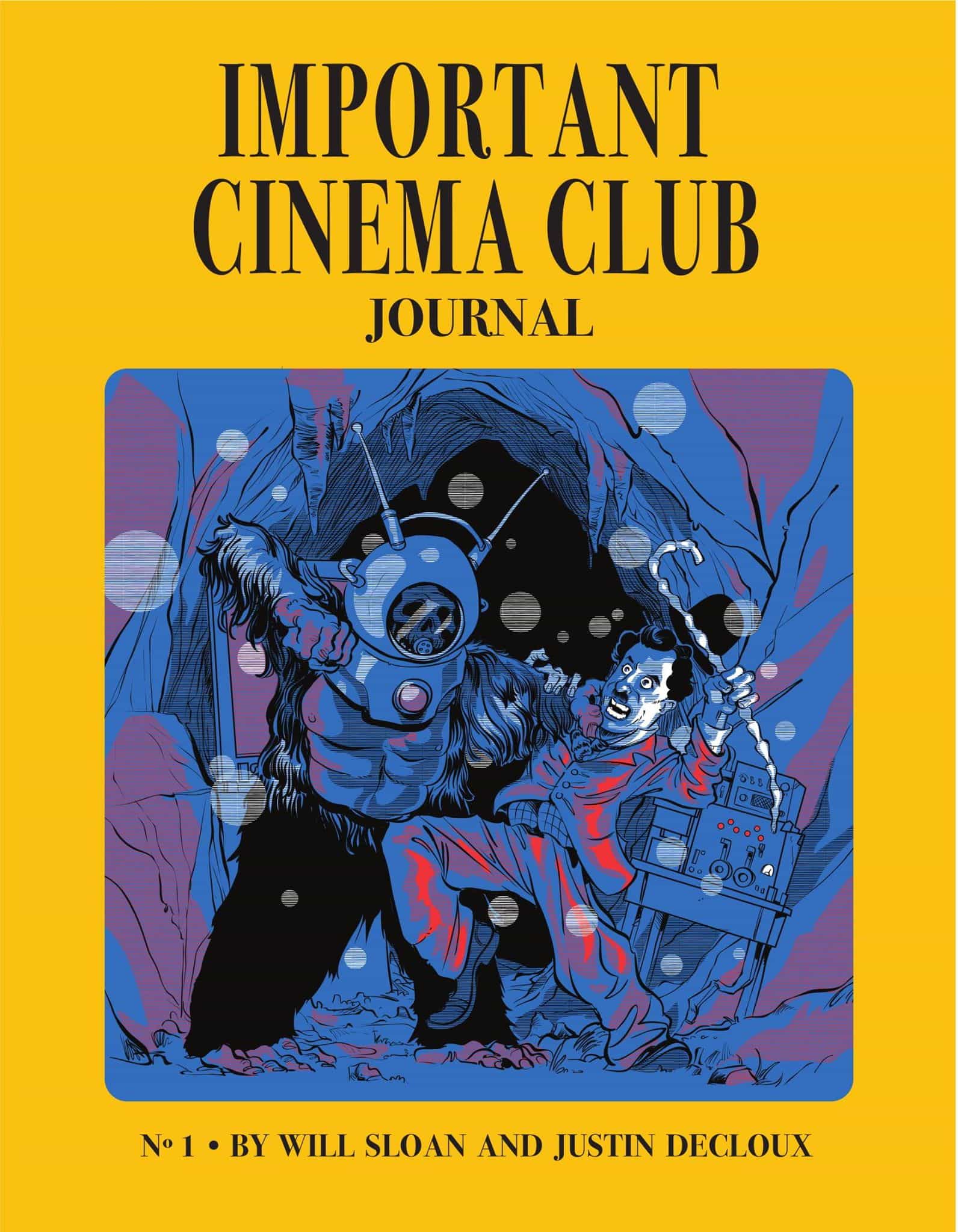I love the idea of being a film print collector. The passion, the research, and the hunt for that fabled rare print have always fascinated me. Unfortunately, it’s such a prohibitively expensive obsession that demands endless resources (Space, refrigeration, a screening room) that I never even considered getting into it, even if I can’t deny that the surest way to watch a film that was shot on celluloid is in a theatre, threaded through a projector, in the comfort of the dark and a receptive audience, but at this point, I’ll take a digital projection for that thrill because that’s all I have.
Thankfully, there’s a handful of people out there who are way more determined than me.
In the book A THOUSAND CUTS writers Dennis Bartok and Jeff Joseph capture the film print collector’s market in its final death rattles. In twenty incredible personal essays, the authors delve deep into what makes these collectors tick, what drives them, and where they stand in their lives (Spoiler: Most of them pretty miserable). It’s the collector in its most dramatic from – looking back and wondering “Was any of it worth it?” The result is a wide range of stories, from people that wanted to save the prints before the film disappeared forever, like the sadly departed Mike Vraney of Something Weird Video, or a snapshot of collectors that simply get a genuine thrill out of watching something they loved on celluloid:
I ask if he has a single favourite experience as a projectionist. He thinks for a moment, then recalls screening a print of Marry Poppins at home one day. “I’m sitting here watching this movie all by myself, and I said, ‘You are the luckiest fucker in the world’ I’m watching this beautiful tech print with stereo sound in my home…I actually got tears in my eyes. I was so happy. How many people could say this?
If you find that beautiful or incredibly sad, then this is the book for you. Bartok and Joseph catalogue some of the collector’s greatest triumphs (A complete copy of the rare musical Porgy and Bess!”) and the horror stories that arose within such a tight-knit community (“We stopped being best friends when he tried to sexually assault my underage son”) Written in a conversational style, seeped with the writers passions and sympathies for their subjects, A THOUSAND CUTS is an emotional portrait of what drives a few desperate men (mostly) who want to escape to the world of cinema in its pure form.
After I finished reading, I went to go see if there were any 16mm projectors on sale.





